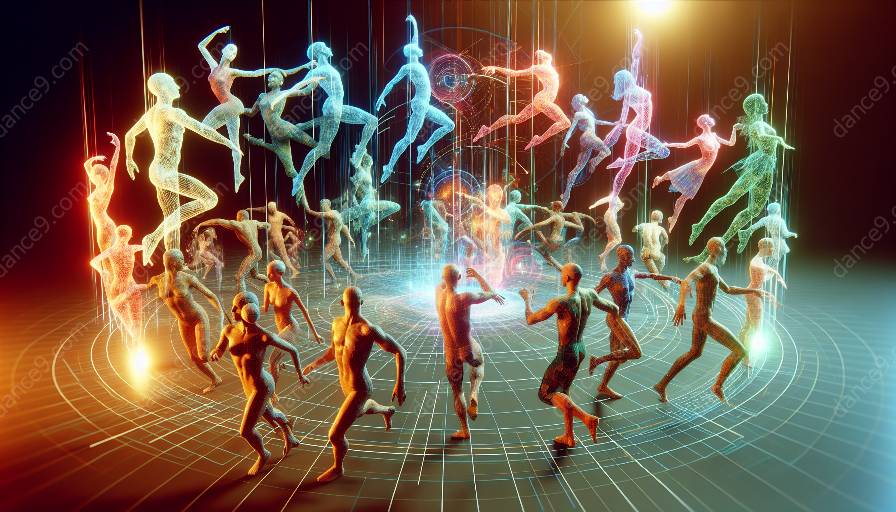Introduction
Dance has always been a form of expression deeply intertwined with human emotions, cultures, and beliefs. With the development of technology, particularly holography, the fusion of dance and holography poses significant ethical and philosophical considerations that impact artistic integrity, human interactions, cultural preservation, and technological advancements.
Artistic Integrity and Authenticity
One of the key ethical considerations in integrating holography in dance pertains to maintaining artistic integrity and authenticity. Holographic representations of dancers raise questions about the genuine presence of the performer and the emotional authenticity conveyed in live performances. The use of holography may challenge the traditional notion of dance as a human expression and raise concerns about the commodification of art and the blurring of reality and simulation in dance.
Human Interactions and Ethical Implications
The introduction of holography in dance also raises ethical questions regarding human interactions. Audiences may experience emotional connection and empathy towards holographic representations, blurring the boundaries between real and virtual experiences. This prompts ethical considerations surrounding the impact of holographic performances on human emotions, relationships, and the preservation of genuine human connections in the context of artistic expression.
Cultural Preservation and Representation
Another critical ethical consideration involves the impact of holography in dance on cultural preservation and representation. Traditional dance forms and cultural expressions are deeply rooted in history, symbolism, and social significance. The integration of holography in traditional dance forms may raise concerns about the preservation of cultural authenticity, appropriation, and the potential dilution of cultural representations through technological adaptations.
Technological Advancements and Philosophical Implications
From a philosophical perspective, the integration of holography in dance prompts contemplation on the relationship between technology and human expression. The use of holographic technologies challenges traditional conceptions of human presence and embodiment in art. It raises philosophical questions about the nature of reality, the role of technology in shaping artistic experiences, and the broader implications of technological advancements on the human condition and society.
Conclusion
The integration of holography in dance presents complex ethical and philosophical considerations that intersect with the realms of art, technology, and human experiences. Exploring these considerations fosters a deeper understanding of the impact of technological innovations on cultural, artistic, and ethical dimensions. Balancing the potential benefits and ethical challenges of holography in dance requires thoughtful contemplation and ethical stewardship to ensure the preservation of artistic integrity, cultural authenticity, and meaningful human interactions within the evolving landscape of dance and technology.

































